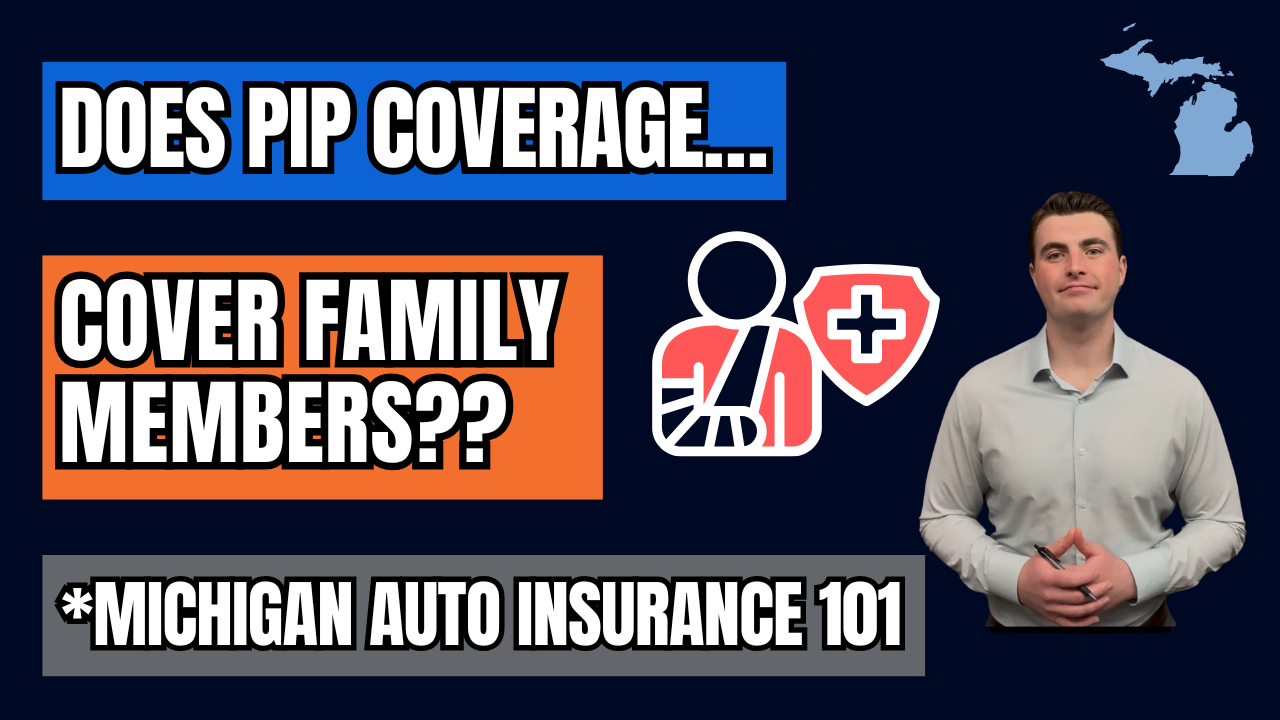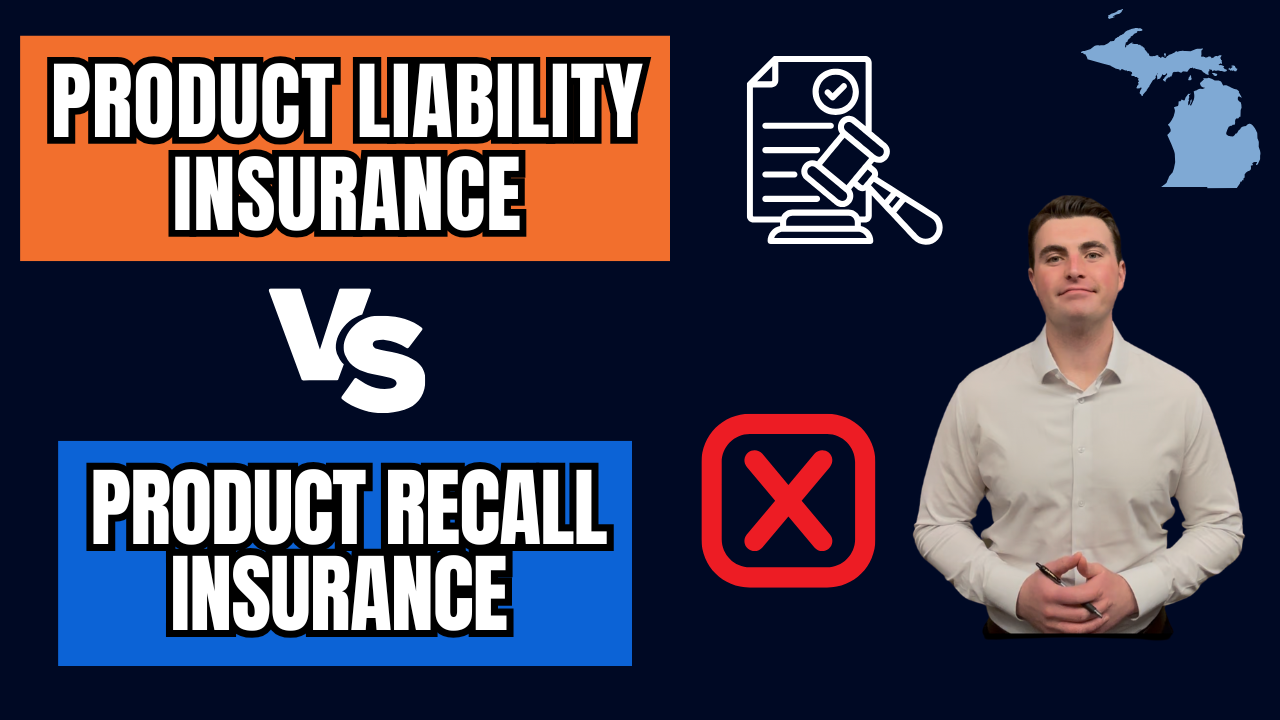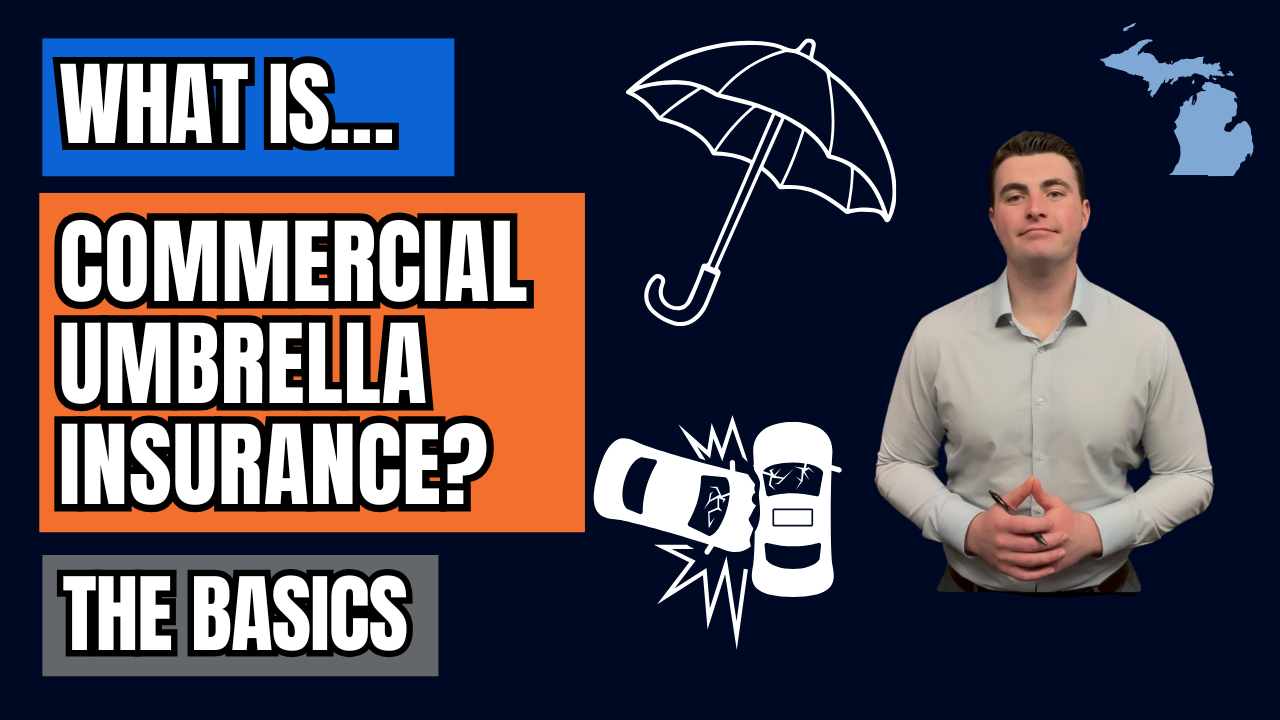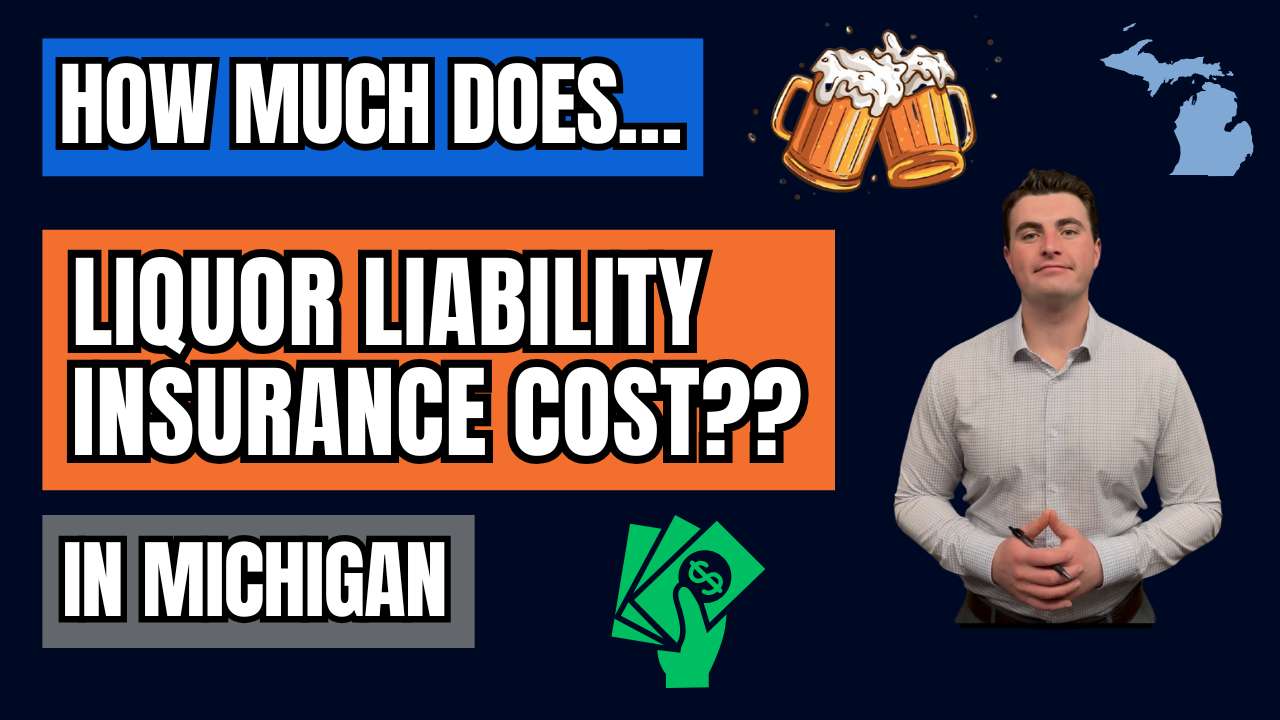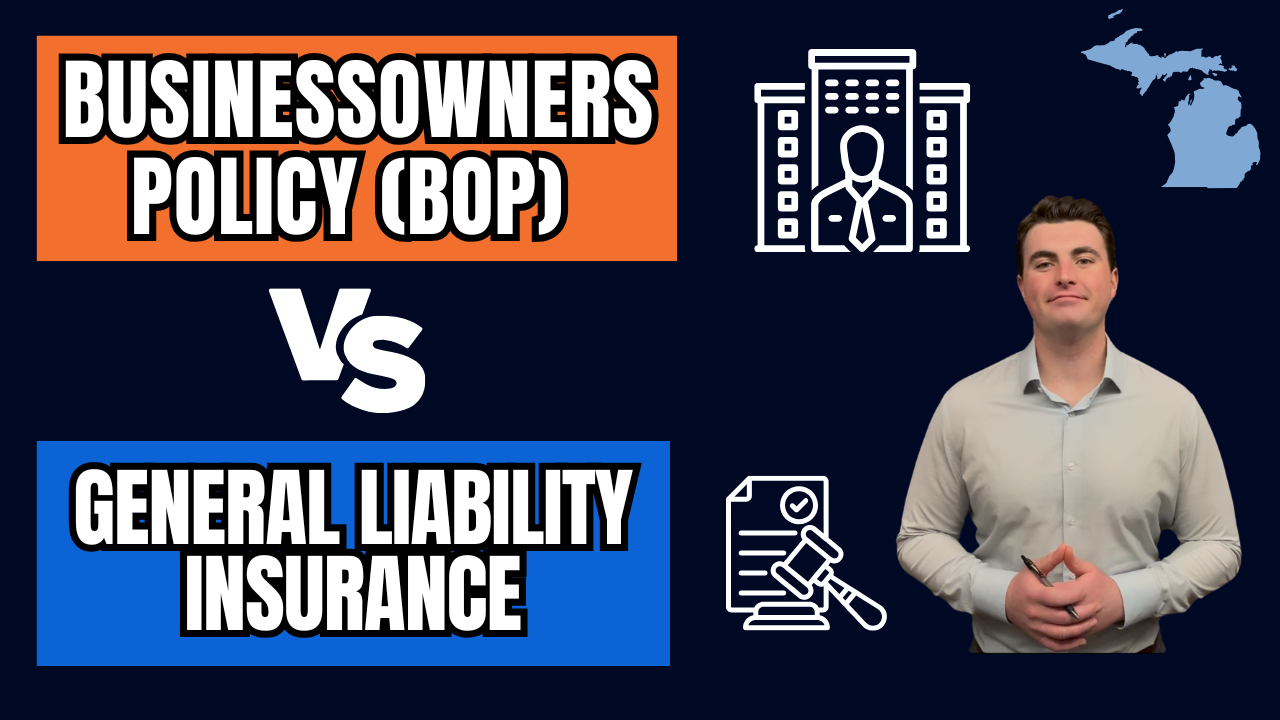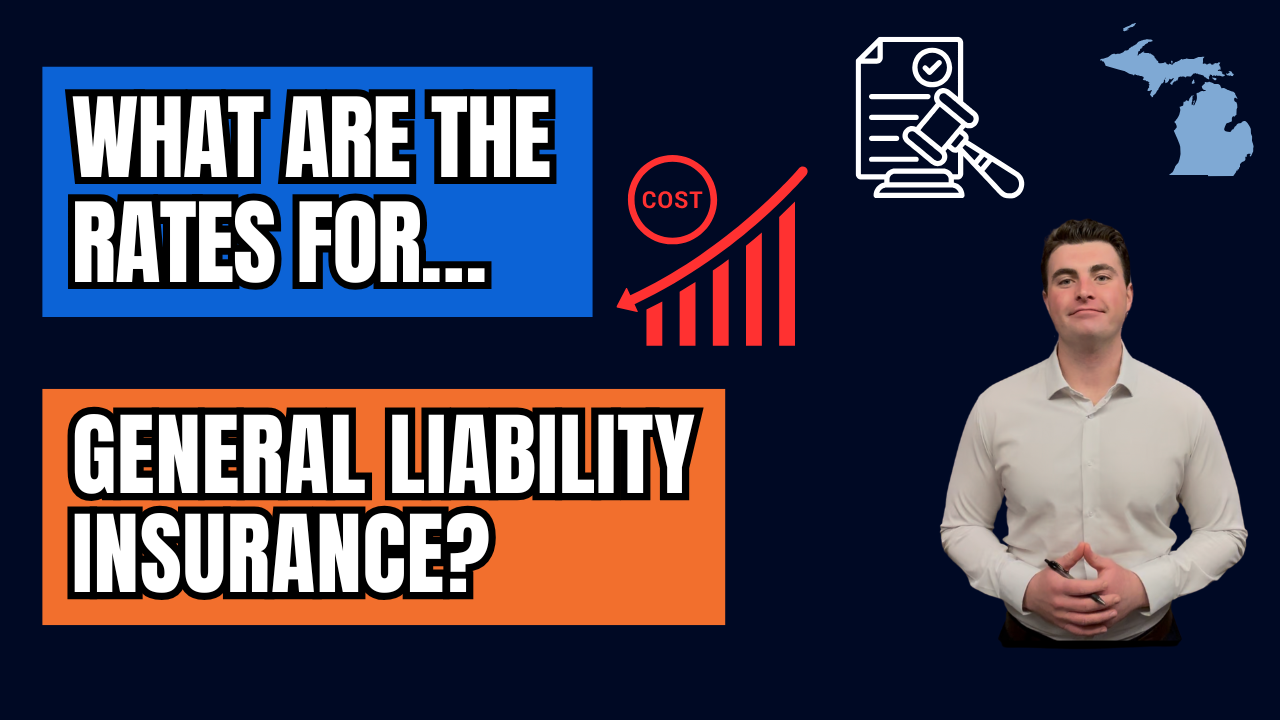How Much Does Management Liability Insurance Cost?
How Much Does Management Liability Insurance Cost?
Management liability insurance is a critical form of protection for businesses and their leadership teams. It shields executives and decision-makers from claims arising out of the actions they take in their professional roles—such as mismanagement, employment practices disputes, or fiduciary breaches. But how much does management liability insurance actually cost?
Let’s break down the main factors that influence pricing so you can better understand what to expect and how to manage those costs.
1. Company Size and Revenue
The size of your business and its annual revenue are two of the biggest drivers of cost. Larger companies face greater risks and typically require higher limits of protection, which means higher premiums. If your company is growing rapidly or has a significant presence in its industry, expect your costs to reflect that increased exposure.
2. Industry Risk Profile
Not all industries are created equal when it comes to risk. Insurance carriers price management liability policies based on the regulatory environment, historical claims data, and the complexity of your industry. For example:
- Financial services, healthcare, and tech firms often face stricter oversight and more frequent claims.
- Manufacturing, construction, and retail may carry lower risk depending on their internal practices.
Your industry’s classification plays a big role in determining how much you’ll pay.
3. Claims History
If your company has a record of past lawsuits or insurance claims related to management practices, insurers may view you as a higher risk. This can lead to higher premiums or more limited policy terms. Conversely, a clean claims history can help you secure more competitive rates.
4. Coverage Limits and Deductibles
How much protection you choose also impacts your premium. A higher limit offers more coverage but increases the cost. On the flip side, selecting a higher deductible can reduce your premium—but it also means you’ll pay more out-of-pocket in the event of a claim.
Be strategic when setting your limits and deductibles to strike a balance between cost and coverage.
5. Corporate Governance Practices
Insurers also evaluate how well your company is managed. Strong internal controls, documented compliance procedures, and proactive risk management can improve your insurability.
Companies with robust governance practices may be rewarded with better pricing and broader policy terms.
6. Financial Stability
A company’s financial health is another important underwriting factor. Insurers may review your balance sheet, profit and loss statements, and overall solvency. Businesses with stable finances present a lower risk of claims stemming from insolvency or mismanagement—and that can result in lower insurance costs.
So, What Does It Actually Cost?
Management liability insurance premiums can range from:
- $2,000 to $5,000 per year for small businesses with minimal risk
- $5,000 to $50,000+ per year for mid-sized businesses
- $100,000+ annually for large corporations or companies in high-risk sectors
The actual cost will depend heavily on the factors discussed above.
Final Thoughts
Understanding what drives the cost of management liability insurance helps you prepare for the investment and potentially lower your premiums. By improving your company’s risk profile—through better governance, financial strength, and a clean claims history—you can make your business more attractive to insurers.
If you need help evaluating your management liability options or want to get a competitive quote tailored to your business, we’re here to help.
📞 Contact us today to review your coverage options and protect your leadership team with confidence.
Contact Us
We will get back to you as soon as possible.
Please try again later.


